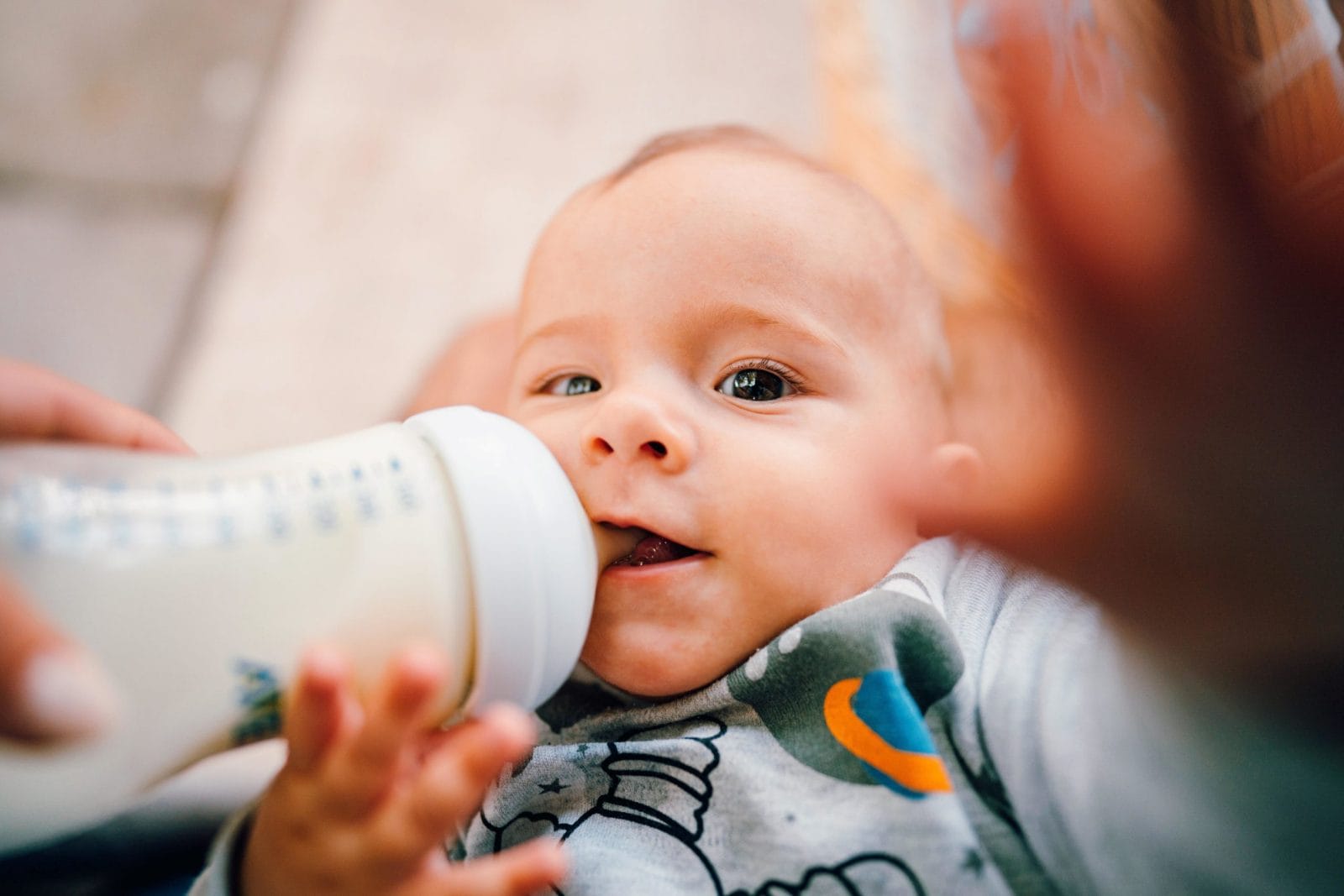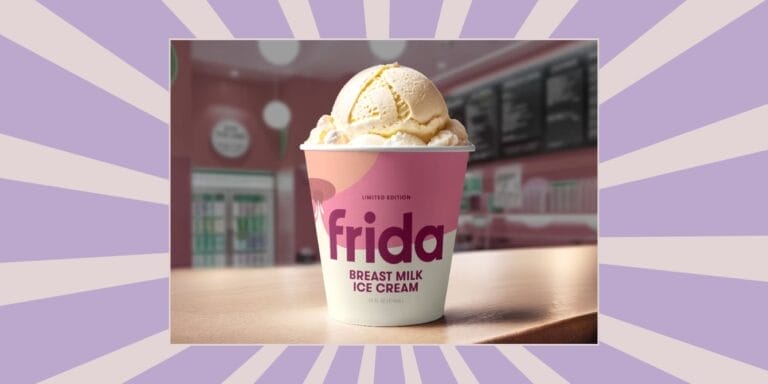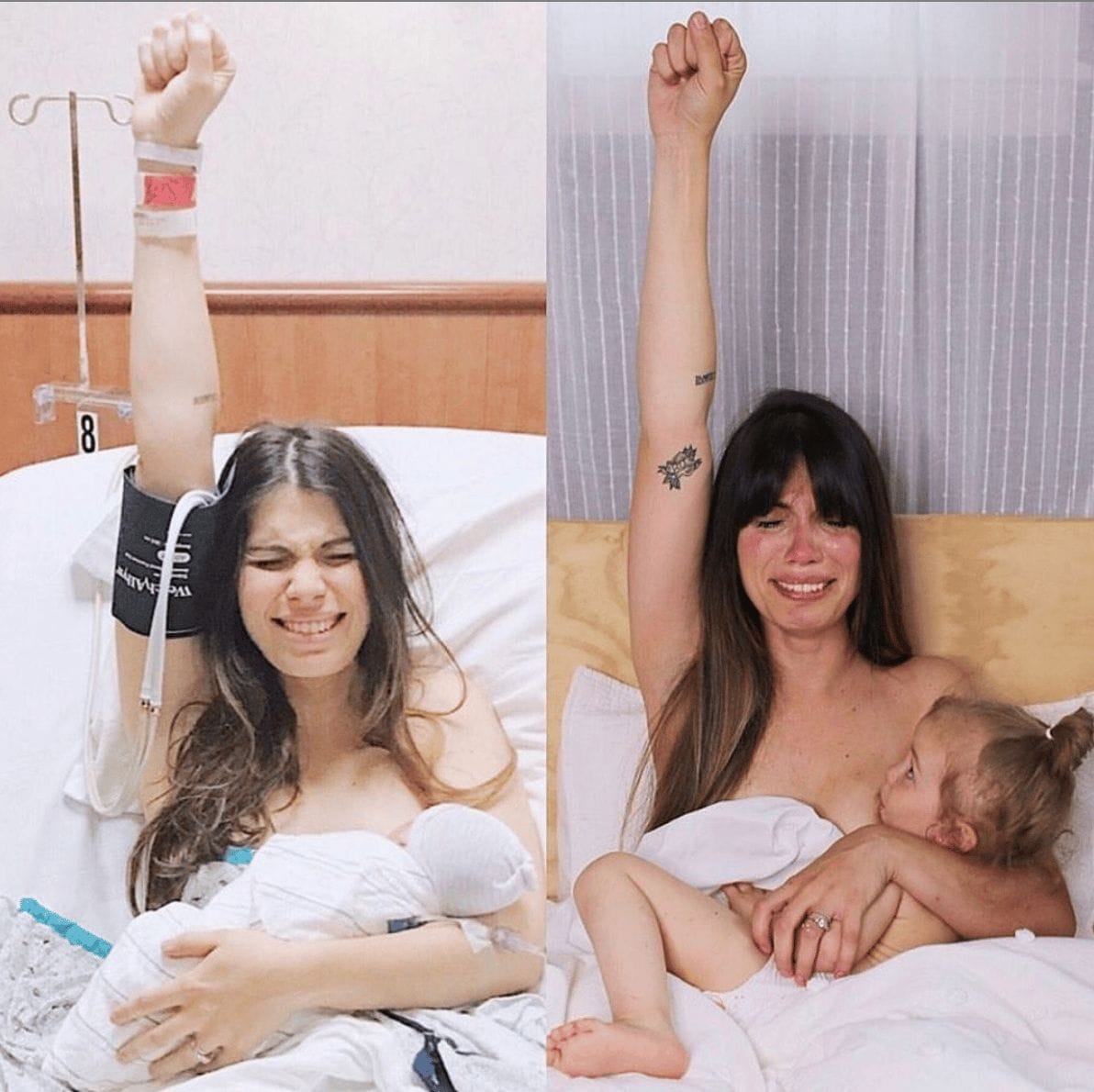6 lies I believed about pumping before I had to exclusively pump

Twenty20/Shanti
All my children were bottle fed, and I was very unprepared for it.
Table of Contents
When I was pregnant with my first I didn’t consider any way of feeding my baby that was not through my chest. Even when my mom warned me about all her struggles breastfeeding, I told her that I had way more information now than she did 37 years ago, that I had read all the books and that I was ready. Yes, I was ready for a picture-perfect relationship of newborn and boob, which is hardly ever what really happens.
Cue four agonizing weeks of weight gain issues from my son that turned into going every two days to the pediatrician to weight him—four weeks of not sleeping more than an hour at a time because he was always hungry. Four weeks of me being unable to bond with him from the stress feeding triggered me. So, I made the executive decision that I was going to pump. First, to see if I was producing sufficient milk to satisfy his needs (which I was) and then to see if he would take a bottle to help us all get to where we needed to be (which he did). That started my journey of exclusively pumping for six months until I had to return to work and decided that carrying around all the pump parts while also trying to do my job was way more than I wanted to handle so we switched him to formula.
With my second pregnancy, given my experience and the fact that they were twins, I was open to any way of feeding my babies to ensure they were getting what they needed. We did triple feeding at the beginning (boob, pumped milk and formula to add extra calories) and once my milk fully came in, alternated between boob and pumped milk. Ultimately for my sanity, I gave up breastfeeding and continued to pump. In my particular family setting, this worked because it helped optimize things; both babies could be fed at the same time by one parent if needed and we could keep an eye on how much they were eating since they were on the smaller side to begging with.
With my first, I was absolutely clueless about pumping. But I learned a lot. So for any mom who decides to pump (partially or exclusively) here are the lies I believed before I started pumping:
Pumping is free
Every pregnant person in the US has the right to claim a free breast pump through their insurance. Your insurance will provide the options that they cover, and there are services that help you navigate the paperwork needed (and sometimes even do it for you!). Breastmilk is sometimes labeled as “free” which is a huge misconception. Yes, it’s free because you don’t buy it from a store, but that concept of free negates everything else that mom is not doing while expressing the milk for however long she’s hooked to the machine.
Pumping is less demanding than breastfeeding
I would say it’s equally or even more demanding than breastfeeding. First, you have to set up your station, be hooked to this machine for 30ish minutes (or until your boobs are empty) and then you have to clean every. single. part. And I know, I know, you can sometimes just store your pump parts in the fridge so you don’t have to clean them every time, but you will have to clean them eventually. Plus you need to keep your pump charged or be near an outlet. You have to stay on top of your pumping schedule.
To ease the pain of the hassle, it was worth it to treat myself to a pump bag that I actually love—and will be proud to tote around long-term.
That you won’t be able to bond with your baby
This was my biggest fear. And wow, was I wrong. You know what was hindering my bonding with my first baby? Unsuccessful breastfeeding. You know what helped me bond with him? Pumping and bottle feeding. And beyond my bonding with my babies, bottle feeding allowed my husband to be part of the tender experience it is to feed a newborn, and it helped him bond with his children, which was incredibly valuable and still makes my heart melt when I look at photos.
Pumping also inspired us to seek out other ways to bond—like by embracing babywearing.
You can do other things while pumping
Recently, hand-free pumping has become a thing thanks to new technology from brands like Willow and Elvie. I tested both and loved both, but I want to be clear when I say I (and maybe it was just me?) personally, couldn’t do more than sit or walk around. The dream of chasing a toddler while expressing milk into a pump tucked in my bra was… well, just a dream. That’s not to say they are not great; they are, I could pump in cars, planes and offices discretely. But the moving around? Yeah, that’s not a thing.
That the milk loses its qualities once expressed into a container
Look, if you are able to have a fabulous breastfeeding experience with your children, I’m proud of you. However, I’m not going to be proud of people who judge me (or other pumping moms) and use questionable data that suggests pumped milk is not good enough. Fed babies are (or should be at least) the focus, breast, bottle milk, or formula. Breastmilk might be able to provide some things (like antibodies) that formula doesn’t, but that does not make formula a bad option. Far from that. So while initially, I was worried about my milk losing some antioxidants from being expressed and chilled (or frozen), I quickly came to realize that what mattered the most was that my milk was feeding and keeping all of my babies happy.
That overtime pumping gets easier/less annoying
It doesn’t. It’s that simple. Yes, sometimes it was nice to have a pumping session be my “me” time where I could eat a snack, look through my phone, maybe even watch a quick episode of a show. But it never got less annoying.
A version of this story was published March 7, 2021. It has been updated.





































